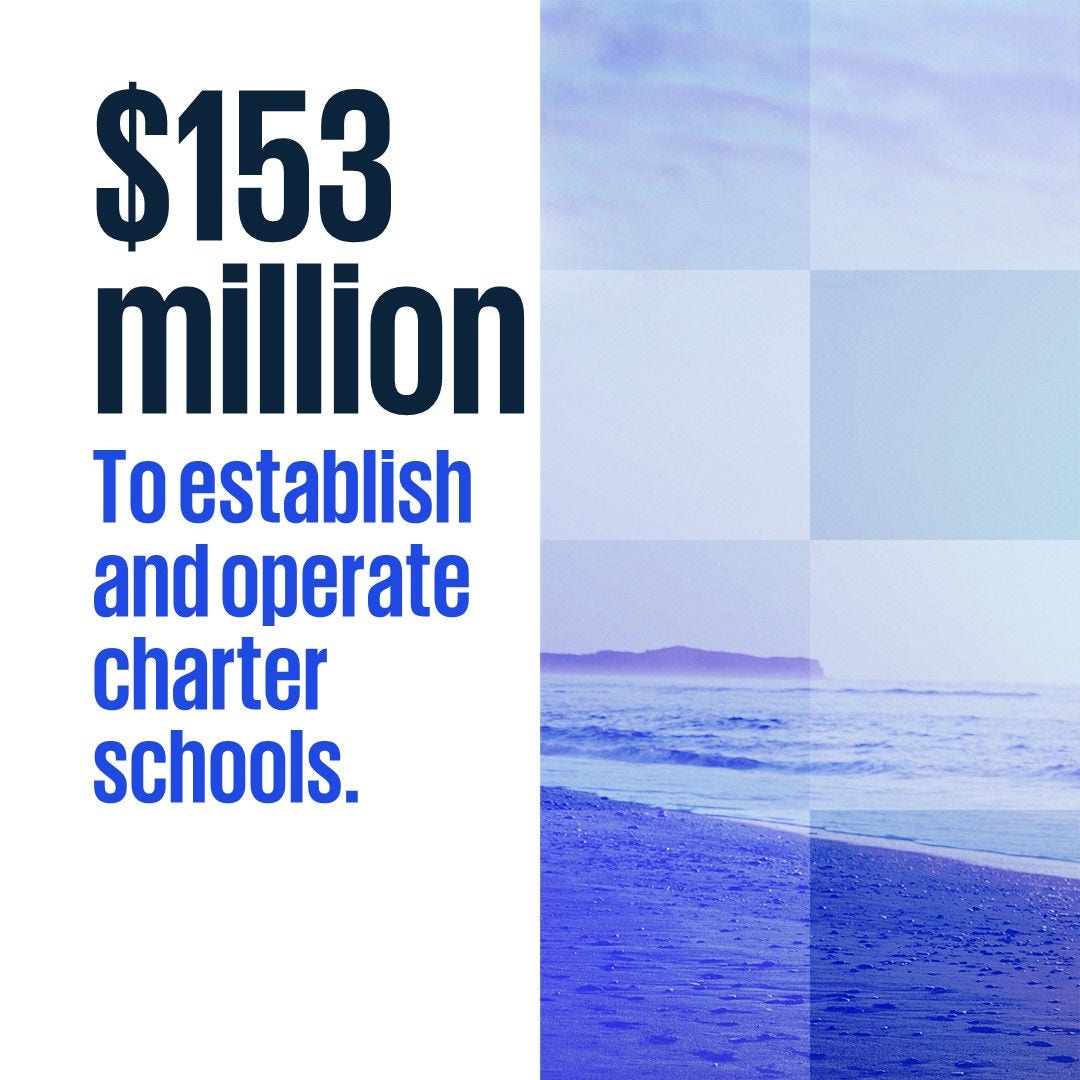The education system is an essential cornerstone of our society, and as such, requires appropriate management and oversight to meet the needs of our diverse learners and communities.
Government has invested around $3b per year over the next five years in the education system. Much of this has gone toward building and maintaining schools and classrooms and an increase in the school operating allowance alongside a commitment to returning Charter Schools.
This level of investment necessitates the judicious use of resources. Every dollar spent should contribute to a better learning environment and improved outcomes for all students – and consider the unique and diverse educational needs across our communities. All decisions related to new programmes and initiatives should be made based on a solid investment logic, recognising our diverse cultural values and knowledge, including mātauranga Māori interventions. This approach ensures that every step taken is purposeful and grounded in evidence, which in turn maximises the return on investment in terms of student success.
The opportunities and challenges of charter schools
The Government has committed $153m over the next four years to establish and operate up to 15 new charter schools and convert 35 state schools to charter schools in 2025 and 2026 depending on demand and suitability.
The Associate Minister of Education (Partnership Schools) has shared key goals for the introduction of this new model to our education system. These include providing educators with greater autonomy, creating diversity, freeing educators from the interference of unions and the state, and raising overall student achievement, particularly for those who are currently underachieving or disengaged.
Aotearoa New Zealand has a rich and diverse population that could significantly benefit from the more diverse education system that Charter Schools could provide. The availability of alternative models of education could greatly assist students who would thrive under tailored learning environments that are not currently provided within mainstream schooling.
However, the experiences of places like the US and England have shown that structural change in and of itself does not necessarily generate educational improvements. The model needs to have a clear intervention logic that can trace a path directly from the change to the desired outcome. This will require a robust theory of change that carefully considers the model as a whole, and systematically maps the consequences, both desired and unintended, of the intervention and ensure the necessary mitigations are put in place.
The implementation of the Charter Schools model internationally has highlighted the need for clear and transparent accountability standards and reporting to ensure objectives are met, and to avoid any financial ambiguity. Whatever the final structures of Charter Schools will look like, they must be held accountable by a robust monitoring function, focusing on achieving the key goals the Government has set. This is a key area of importance that the Establishment Board will be considering.
Using insights to ensure our education system is fit-for purpose
The use of data insights and analytics plays a significant role in measuring, monitoring and enhancing student performance. By analysing and understanding patterns in student achievement, educators can tailor their teaching methods to better suit individual learning styles and needs. This approach is particularly valuable in New Zealand, where the curriculum must reflect our unique cultural and social context. Standardisation of assessments ensures that students are measured against the same benchmarks, consistently over time. However, it's crucial that such standardisation does not lead to a 'one-size-fits-all' approach. The local context and individual learner needs must always be considered.







